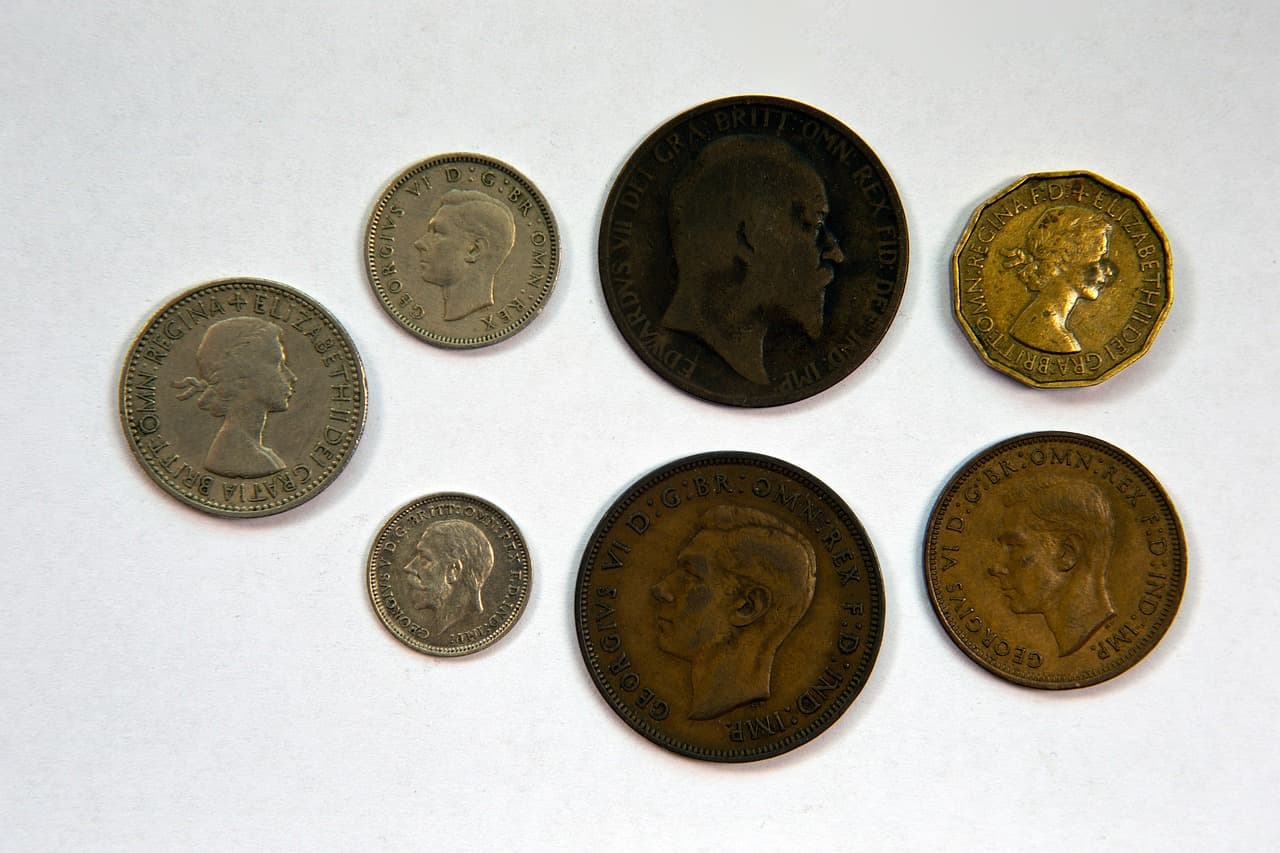
Although decimalisation occurred in 1971, the names of pre decimal coinage can still be seen and heard today; making them very much a part of British Culture and history. For the period before decimalisation, Britain relied on a system of pounds, shillings and pence.
There were 12 pennies to the shilling and 20 shillings to the pound. There were also Half Crowns, Three Pennies, Sixpences and Farthings. Prior to the decimalisation era, many had problems dealing with the complicated system, with Sir John Bowring, a Member of Parliament at the time, being one of the first calling to change to a currency based on units of ten.
Pre Decimal Coinage
In 1948, the florin was introduced. It was the nations first decimal coin, coming in at one tenth of a pound. It wasn’t then until 1961, when the Government set up a special committee to discuss moving Britain into a decimalisation currency.
The committee later decided in favour of decimalisation, and on the 1st March 1966, it was announced that pounds, shillings and pence would be replaced. It was initially thought that the new decimalisation currency would be called cents and dollars, but this was later reconsidered and the committee decided to stick with pounds and pence.
Five new coins were proposed, following designs not too dissimilar to the old pre decimal coinage. Plans were put in place and ‘Decimal Day’ was set for 15th February 1971; the day the new decimal coinage would be introduced into circulation and a new era for British currency would arrive.
Of course, the changeover to decimal currency wasn’t a small task. New coins covering all decimal denominations had to be developed and struck, and the sheer volume meant that a new Royal Mint production facility had to be opened. In 1968, the new Royal Mint site was opened by Her majesty the Queen and the first batch of coins went into production.
To prepare for the changeover, banks were also closed for four days, and prices in shops were to be shown in both currencies. This was to alleviate the feeling many people had about shopkeepers just increasing their prices during conversion.
Decimal Coinage
The first decimal coins to be produced were the 5p and 10p, in 1968. Both coins directly mirrored the size and value of the Shilling and florin, and ran alongside them as ‘decimal twins’ for a period of changeover. Later in 1969, the new 50p, the worlds first seven-sided coin, replaced the 10-shilling note showing a clear change between the pre and post decimal coinage.
Since the initial step into the decimal era, Decimal Day arrived and the country embraced the change. The 20p was then introduced in 1982 and the £1 debuted in 1983. The 5p and 10p were then re-sized in 1990 and 1992, bringing an end to the shilling and florin. From 1992, every coin in circulation has carried the portrait of the reining monarch, Queen Elizabeth II, which has not been seen since medieval times.
Today holds a very different picture to back in the pre decimal era, with our modern coinage in full circulation and many being redesigned and reimagined for commemorative purposes; most frequently the 50p.


